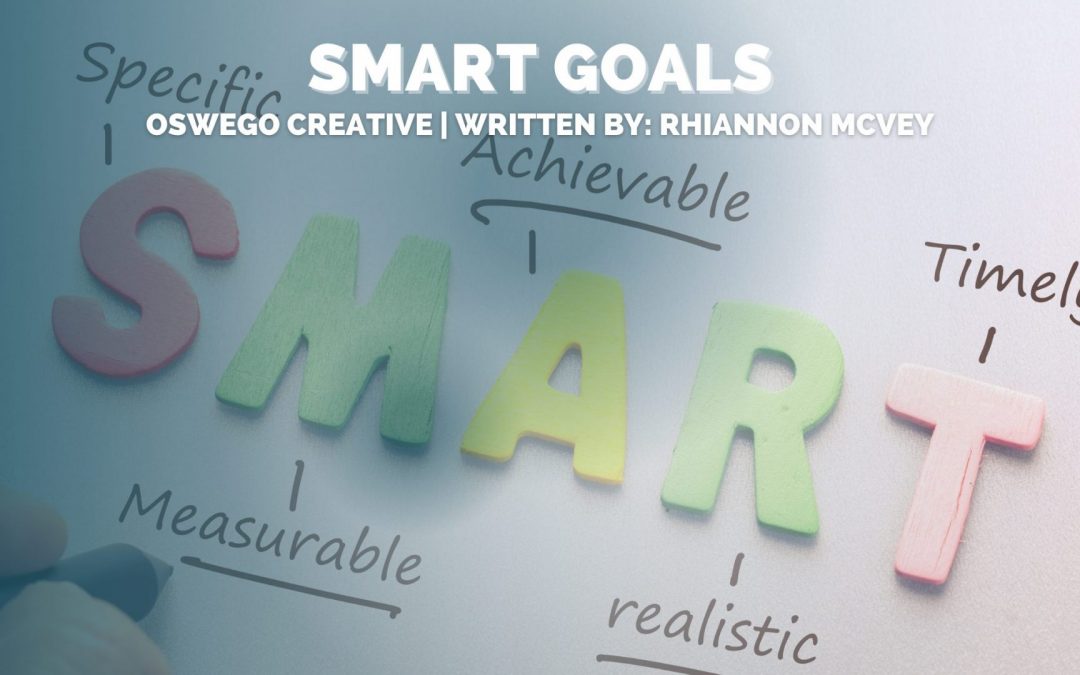Specific, Measurable, Attainable, Relevant, and Timely – SMART. SMART is a set of criteria for creating goals and can be attributed to Peter Drucker and his framework Management By Objectives (MBO). These are 5 standards to which you should consistently hold your business objectives and in turn, your marketing strategy should be developed based on your SMART goal.
While the SMART criteria can be applied when setting any type of goal, both business and personal, let’s apply it to an example. Let’s say that I have a client who says that business is slow and they are looking for more leads. It is my job to deliver those leads to that client. As I develop a strategy for my client my main objective has to be lead generation. In this particular example, I am assuming that a lead = a conversion. This is also based on the assumption that my client’s campaign is strictly digital. So, my objective is to increase my client’s conversion rate (having website visitors click to call their business and/or fill out their contact form), therefore, generating more leads.
Let’s utilize the SMART criteria to create a SMART goal that will help develop a strategy in order to attain this goal.
Specific: Provide a clear description of what needs to be achieved.
Example: Increase landing page conversion rate.
Measurable: Include a metric with a target that indicates success.
Example: Increase landing page conversion rate by 25%.
Attainable: Set a challenging yet realistic target.
Example: Increase landing page conversion rate by at least 10%.
Relevant: Keep your goal consistent with higher-level goals.
Example: Increase landing page conversion rate by at least 10% in order to grow contact and retargeting lists.
Timely: Set a date by which your goal needs to be achieved.
FINAL: In the next 3 months, we will increase our landing page conversion rate by 10% or more in order to expand our contact and retargeting lists, therefore growing our digital footprint.
Once each criterion has been met – you have yourself a SMART goal. Once you have a SMART goal you can begin developing your campaign strategy in order to meet and, hopefully, exceed your goal.

